Observations at a Street Fair

From March 22-24, 2024, I had a booth at the 55th annual 4th Avenue Street Fair. This exciting event brings over 300,000 people to shop for an incredible variety of arts and goods and enjoy diverse and delicious food. I have several art pieces from my visits to previous fairs in my home. Joining in […]
Bobbleheads and… Blue Iguanas?
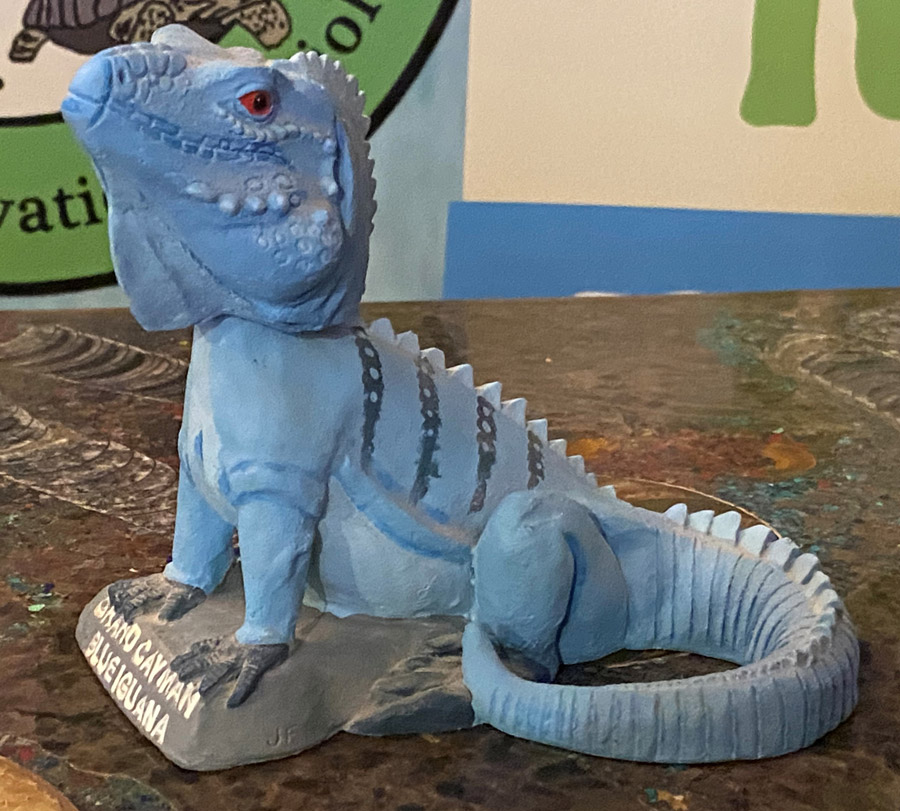
On January 7, we as a nation will celebrate the spring-connected figurines known as Bobbleheads! I don’t remember bobbleheads from my childhood, but now they seem to be everywhere. I see them most often for athletes and teams. I often wonder how significant those figurines will be in the following season. And yes, this topic […]
Not Just Another (Wall) Lizard
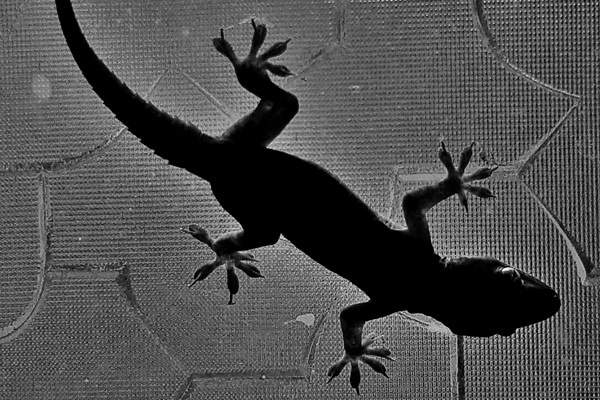
I like lizards – no surprise there. In fact, the majority of my family is made up of lizards. But my love for lizards doesn’t stop there. Along with my lizard family members, I decorate my world with decorative lizards. Let’s take a little tour of my abode and let me introduce you to all […]
Mornings Are Never Long Enough
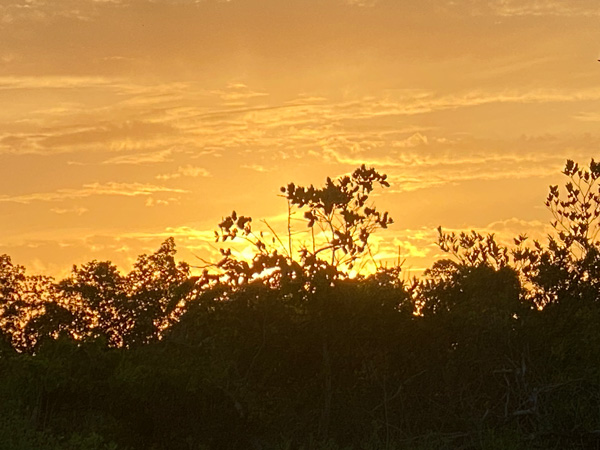
Are you a night person, like the yellow-crowned night heron (Nyctanassa violacea)? Or are you a morning person, like the green heron (Butorides virescens)? Personally, I like getting up in the pre-dawn darkness and looking out at the dark world. Although sometimes with a full moon, it isn’t very dark. So what does this green […]
Life with My Rascally Reptiles
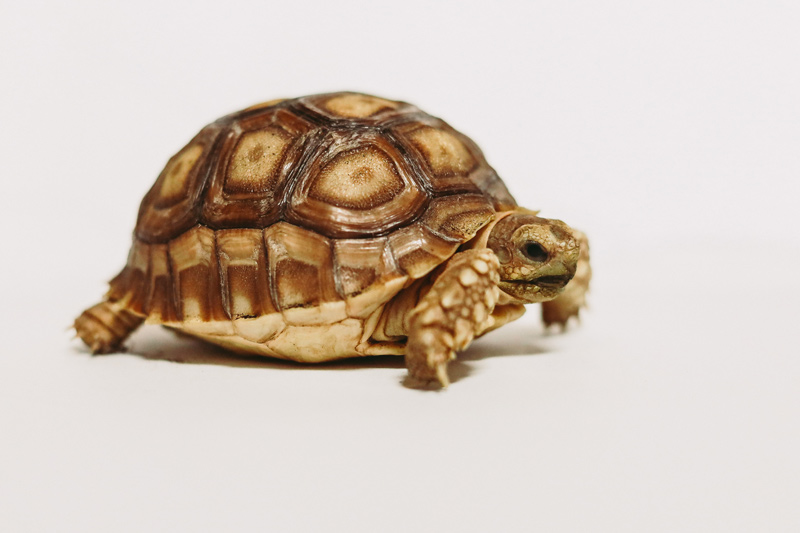
Home sweet home. What do you think of when you think of home? Family? Safety? Danger? Well, maybe not danger, but there are so many things to trip over while going about one’s daily routine. Parents often complain about their children’s toys lying about on the floor, rug edges, strewn clothes, etc. My house is […]
Having Fun with Shadows!
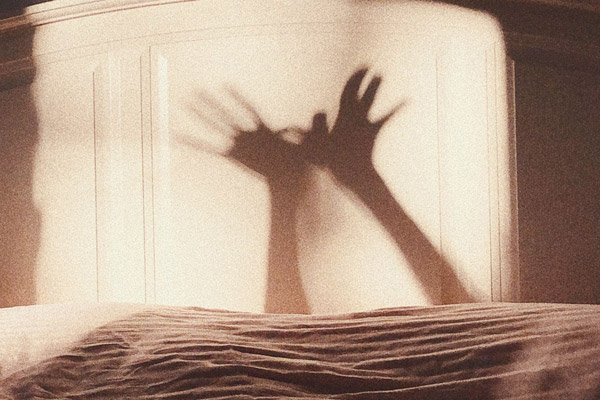
Do you enjoy shadows as much as I do? As a child, I fondly remember making shadow puppets with my family, creating animals out of our hands. My shadows were always very simple and I admired people who could make more complex animal shadows. Little did I know that shadow puppetry is an ancient form […]
A Bite of a Blog: Feeding my Scaly Family
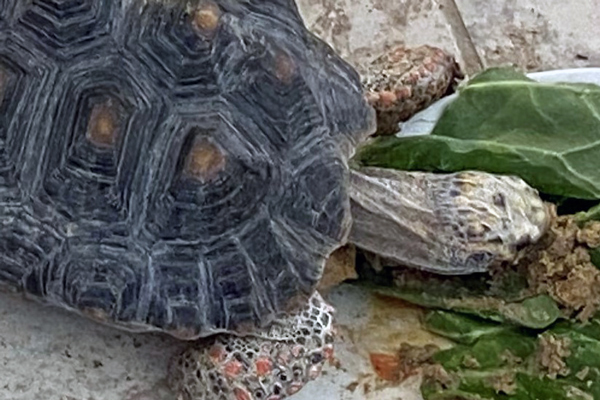
There’s a lot of talk about eating. People are encouraged to eat mindfully. Set the table and concentrate on your meal. But, I prefer to eat in front of my laptop. I like to spend most of my free time putting words onto pages. I enjoy writing books and blogs. So, when I get hungry, […]
The Life & Legacy of Krinkle

When I lived in New Jersey, I ran an iguana rescue and adoption program. If an iguana’s life was in danger, I would always have room for it. All of the iguanas I took in were green iguanas, Iguana iguana, but I really wanted one another type of iguana, the spiny-tail iguana, Ctenosaura similis. C. […]
Iguanas and Tortoises are… Invasive Species?
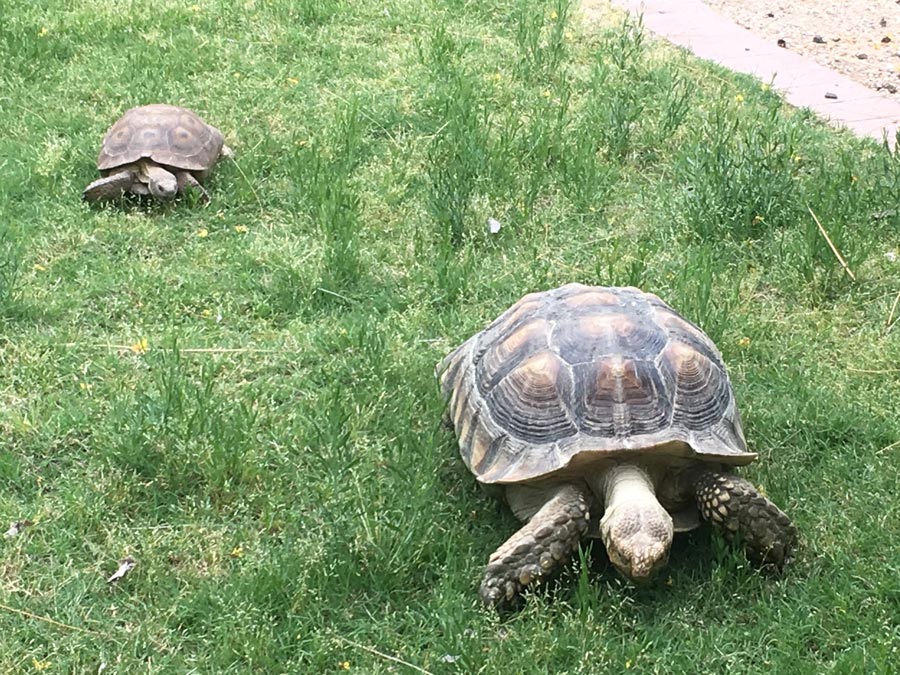
Invasive species are a common topic in environmental discussions these days, and rightfully so. Often, these concepts seem to deal with invasive plants or animals that affect people and places far away. But if you’ve ever watched my Reptile-Side chats, or witnessed one of my school or community visits, you know my non-human housemates […]
Who Protects Your Home?
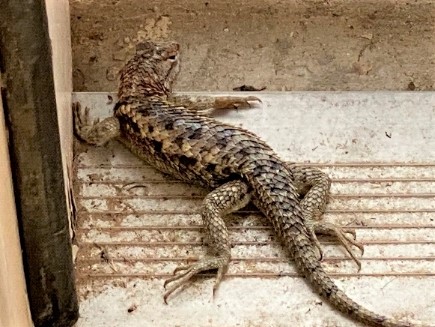
Many homeowners have security systems to protect the premises. There are many choices: Ring, ADT, Vivint, etc., all of which involve people. My security system involves reptiles. I have free roaming tortoises that are adept at tripping. They utilize the carpets that camouflage them well. Yes, even I have face-planted! I also have large roaming […]
The Story of a Green Iguana Named Stella
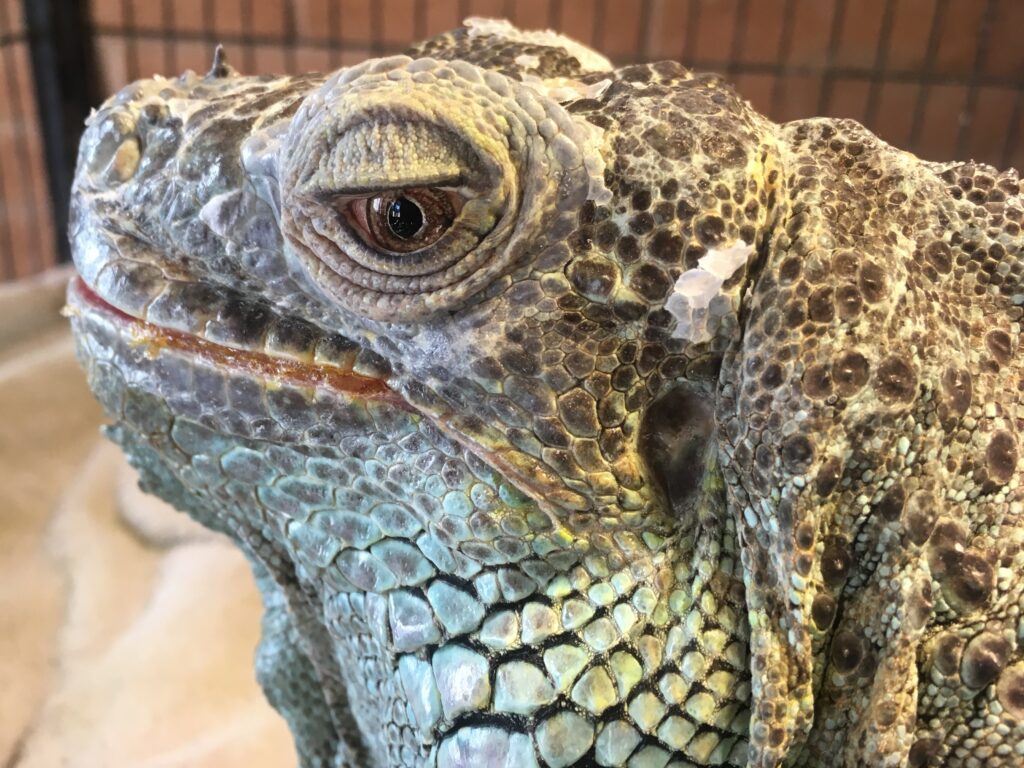
I am an author of both children’s and adult science books, inspired to write about the world of reptiles. I am as ‘at-home’ with reptiles as I am with mammals–perhaps even more so. And I tend to look after the underdogs. So, when Stella, a green iguana, was found on a street in Bethlehem, PA, […]
60 Tried and True Iguana Foods

Ever since I operated a reptile rescue center, I’ve had a good number of iguanas. Over ninety percent of newly purchased iguanas die within the first year, so their good health is very important to me. Fresh vegetables and fruits are important to their survival. I use a potato peeler to make long slices of […]
A Visit from Elaine Powers at LEARN Lab/Superior Court Probation
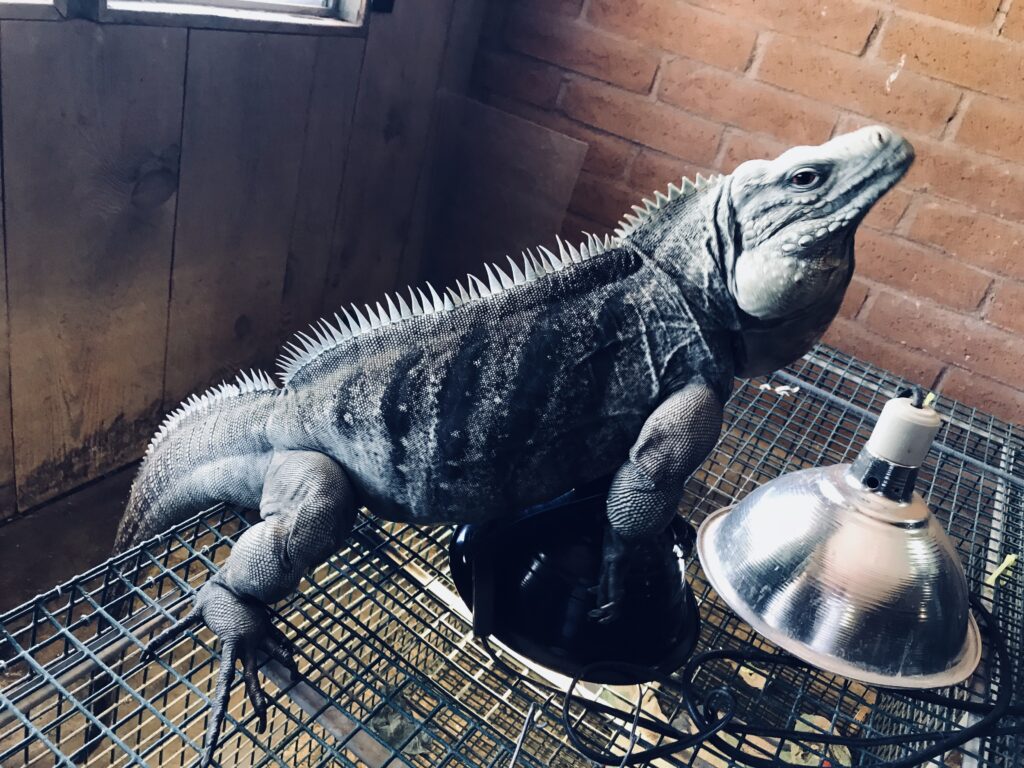
By Dave Reynolds and Joanne Pope We were visited by Elaine Powers, the author who donated a stack of her picture book Don’t Make Me Fly, which presents facts about one of Arizona’s most iconic birds – the roadrunner. Along with writing picture books about animals native to southern Arizona, she’s a conservationist and retired […]
